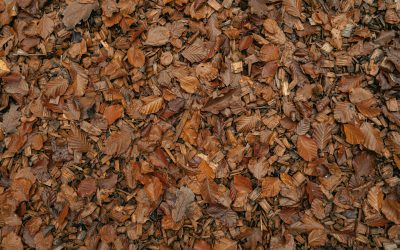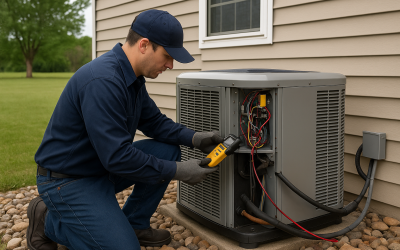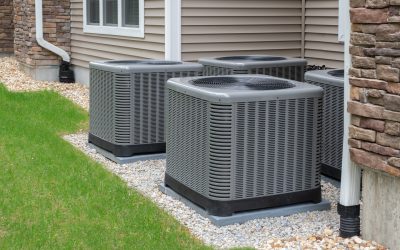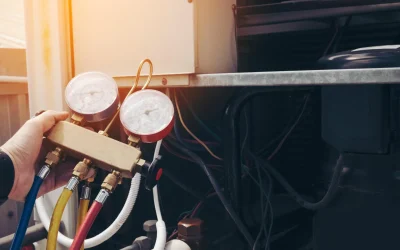You probably don’t want to waste your hard-earned money heating the outdoors, which can put a strain on not only your wallet but also your heating system. To keep your heating bills down and keep your HVAC system in great working order as long as possible, eliminate any drafts you find and make your home more airtight. Discover the basics on drafts and how you can find and stop them.
Know Why Drafts Are So Troublesome
Happy Young Woman — Paducah, KY — Triangle Heating & Cooling Drafts aren’t just annoying. They can also waste a lot of energy, reduce your home’s environmental friendliness, and make your furnace wear out faster. Learn the ways drafts can do these things:
Drafts aren’t just annoying. They can also waste a lot of energy, reduce your home’s environmental friendliness, and make your furnace wear out faster. Learn the ways drafts can do these things:
- Drafts let warmed air escape from your living area, wasting your heating energy.
- Drafts and air leaks start to heat the outdoors, increasing your contribution to the urban heat island effect.
- Drafts make you feel uncomfortable even in a house that’s not chilly overall so that you turn the furnace up and spend more on heating.
- Drafts mean your furnace will have to work harder and wear out faster because your home doesn’t stay evenly warm.
In some cases, a draft can come from a direct air leak between the indoors and the outdoors. In other cases, an uninsulated spot such as a single-pane window may create a draft by drastically cooling the air next to it, which then sinks to the floor and chills your toes.
Locate a Draft
Pinpointing the source of the drafts you feel can be tricky, especially if multiple drafts exist in the same room. A good first step is to improve your insulation and air sealing measures around commonly drafty locations (such as the edges of windows and doors). Once you’ve narrowed the number of possible draft sources, you may be left with just one or two drafty spots in the area. At this point, you can use smoke (such as an incense stick) to locate the draft. If that doesn’t work, call in an HVAC professional who can use a thermal sensing tool or a blower door test to check for spots that may leak chilly air.
Stop a Draft
So how exactly do you stop up the drafty spots when you find them? Modern sealing options such as weather stripping and caulk can adapt well to a number of situations. Caulking can be a great way to seal off smaller cracks around window frames, for instance. Other ideas for blocking off drafts once you’ve located the source include:
- Adding insulating films and curtains to chilly windows
- Installing storm windows and storm doors
- Sealing up holes in the wall such as light switches and outlets with specialized foam gaskets
- Blocking larger holes (like the gap under a bathtub) with foam board and expanding foam
- Insulating a drafty chimney with a chimney balloon or chimney pillow when not in use
- The size and location of the draft will dictate which materials you use. If you’re not sure which materials are the most appropriate and energy-efficient, consult your HVAC contractor.
Prevent Future Drafts
Nothing lasts forever, not even the caulk and weather stripping you use to seal drafts out of your home. To avoid any future drafts that could drop your heating efficiency again, you’ll likely want to replace these types of materials on a regular basis. Caulk may need replacing every few years or so and weather stripping whenever it becomes damaged. However, these spots aren’t the only places new drafts could spring up. Future damage to your home could result in new drafts. For instance, if raccoons get into your attic, they could tear up the attic insulation and cause drafty spots on your attic ceiling. Frequent home inspections and close monitoring for rodents and other pests can help avoid future draft problems. These basics can help you identify where troublesome drafts are coming from, use the correct process and materials to seal drafts up, and maintain your home so that drafts won’t return. If you need help locating and sealing up drafts so you can save energy, stay warm in your home, and keep your heating system healthy, contact us today.










